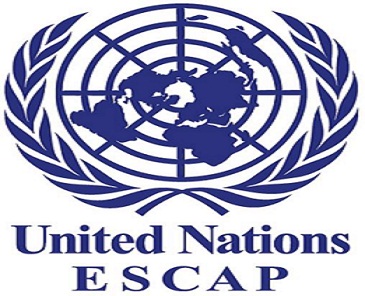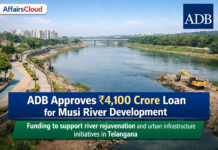India ranks a low 39th in terms of fixed broadband adoption among Asia Pacific countries, with just 1.3% of its citizens subscribing to such a service in 2015.
What is broadband adoption ?
- Broadband adoption is a different issue than access to broadband. Adoption rates – that is the percentage of households using broadband in areas where broadband is available – fluctuate largely based upon household income. However, once a household has elected a broadband connection the value of high-speed access to the Internet quickly becomes apparent.
- Digital inclusion means ensuring that every segment of our population can participate in the information age, since the production and consumption of information is among the strongest drivers for economic development and job growth, as well as advancements in health care and education.
- Improving broadband adoption rates for low-income households is crucial to improving their economic outlook. Many people are finding it impossible to move forward in today’s job market without having familiarity with, and access to, online tools. That’s where broadband adoption plays such a critical role.
UNESCAP Report:-
- ‘State of ICT in Asia and the Pacific 2016: Uncovering the Widening Broadband Divide’ by the United Nations Economic and Social Commission for Asia and the Pacific (UNESCAP) confirms that the gap between advanced and developing countries in fixed broadband access is indeed widening, and unless targeted policy interventions are put in place, the trend will continue to the detriment of future development opportunities.
- Findings indicate that over 52.3 per cent of global fixed broadband subscribers now come from ESCAP member States, a dramatic increase from 2005 when the region constituted only 38.1 per cent.

- The Report also found that in 2015, less than 2 per cent of the population had adopted fixed broadband in as many as 20 countries in Asia and the Pacific, widening the digital divide between high-income and low-income countries at an alarming speed.
- United Nations Under-Secretary-General and Executive Secretary of ESCAP Dr. Shamshad Akhtar proposed that broadband connectivity is a critical foundation for the digital economy and the achievement of the Sustainable Development Goals in Asia-Pacific, and that ESCAP is working with member States to improve broadband access for countries in the region.
- India ranks lower than countries such as Bhutan, Sri Lanka and Bangladesh in fixed broadband subscriptions per 100 inhabitants in ESCAP countries in 2015, according to the report ‘State of ICT in Asia and the Pacific 2016: Uncovering the Widening Broadband Divide’.
- Hong Kong, New Zealand, Japan, Macao, Australia and Singapore topped the list of 53 countries covered in the report. According to the latest ITU data for 2015, more than half of the global fixed broadband subscriptions are from Asia and the Pacific (52.3 per cent).
- However, Bangladesh (33rd) ranks ahead of India (39th), Indonesia (41st), Nepal (42nd), Pakistan (43rd) and Cambodia (44th) in fixed broadband subscriptions per 100 inhabitants.
- It is noted that In May 2016, the Copenhagen Consensus Center published a report on the cost-benefit analysis of various development interventions in Bangladesh.
UNESCAP :
- The Economic and Social Commission for Asia and the Pacific (UNESCAP or ESCAP), is one of the five regional commissions of the United Nations Economic and Social Council, under the administrative direction of the UN.
- Head : Ms. Shamshad Akhtar
- HQ : Bangkok, Thailand
AffairsCloud Recommends Oliveboard Mock Test
AffairsCloud Ebook - Support Us to Grow
Govt Jobs by Category
Bank Jobs Notification






